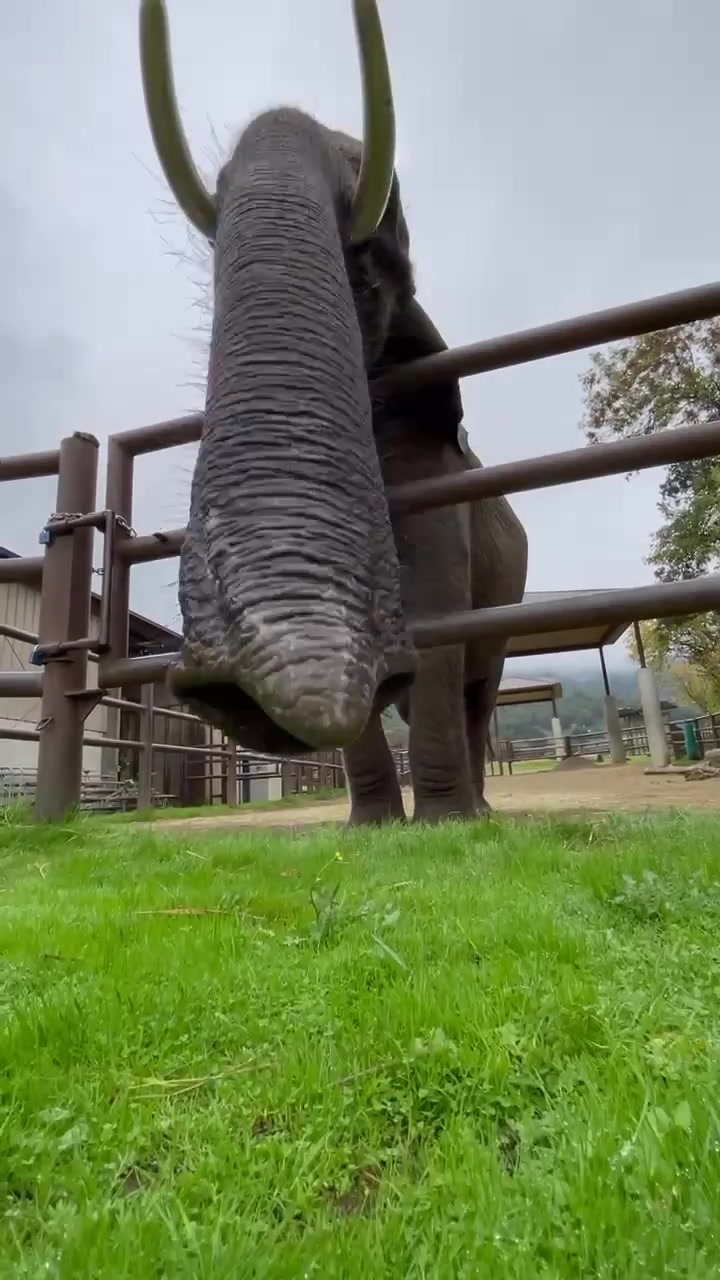– Discover the astonishing capabilities of the elephant’s muscular trunk, a marvel of natural engineering.
– Dive into the world of elephants and learn how their unique appendages assist in both Herculean tasks and delicate maneuvers.
– Explore the significance and various functions of elephant trunks within their natural habitats and social structures.
Welcome, nature enthusiasts! Today, let’s unpack the marvel of an elephant’s trunk—a truly extraordinary structure that continues to capture the imagination of scientists and animal lovers’ imaginations. This powerhouse of versatility is an essential tool for the world’s largest land mammals. So, let’s embark on a journey to understand the blend of strength and precision that characterizes this unique appendage.
Imagine you had a limb capable of uprooting trees and then gentle enough to caress a delicate flower without causing harm. That’s the elephant trunk for you—an appendage devoid of bones but filled with approximately 40,000 muscles and muscle fibers. This intricate network grants elephants an unbelievable talent and strength unmatched in the animal kingdom. A fusion of nose and upper lip, this trunk can push or pull weights up to 700 pounds, a testament to raw power. Yet, within this same muscular conduit lies the finesse to pick up a dime lying flat on the ground.
Now, picture the African savannah, where these majestic creatures roam. The elephant trunk is not merely a tool for heavy lifting but a multifunctional appendage that takes on various roles. For one, it is a vital instrument of personal hygiene. Dust baths are a common sight, where elephants utilize their trunks to shower themselves with dirt—a natural sunscreen and insect repellent.
The trunk also operates as a sophisticated snorkel. When traversing water bodies, elephants submerge themselves, leaving only their trunks above the water’s surface, breathing comfortably as they swim. Who needs swimming gear when you have a built-in snorkel of such exceptional caliber?
Regarding sustenance, this all-in-one tool acts as a personal forklift, plucking leaves and fruits from the tallest branches, a feat no other creature can boast of. At the same time, it can also siphon up to 14 liters (almost 4 gallons) of water in a single draw and then channel this life-sustaining liquid into the elephant’s mouth. Could you envision creating a water fountain on the go? The trunk makes it a reality for elephants.
In a social context, the elephant’s trunk fosters communication and bonding. Trunks are the Swiss Army knives of social interaction among elephants. They intertwine with each other during greetings, tenderly stroking their young. When mourning, they’re known to gently caress the bones of a deceased herd member, showcasing their deep emotional capacity.
The versatility of this grand appendage is a testament to the marvels of evolution. Such complexity has evolved from simpler forms into the multitasking leviathan today, illustrating a pristine example of form and function fused into one.
However, it’s not just about raw might or gentle gestures; the trunk’s movements are subtle. The ‘fingers’ at the tip, particularly prominent in Asian elephants, exhibit such a degree of control that they could shame the most delicate robotic arms. Experiments have shown the trunk and fingers to be adept at using tools—stripping leaves from branches, fashioning fly swatters from branches and grass, and even scratching itches in hard-to-reach places.
Now, consider the elephant’s sense of smell integral to its survival. The trunk serves as a biochemical sensor, detecting scents over long distances, allowing them to locate food water, and even track the pheromones of potential mates. A navigation system and survival tool, the trunk enables elephants to thrive in their habitats.
Despite their astonishing abilities, elephants and their trunks face challenges, with human encroachment and poaching threatening their existence. Conservation efforts aim to safeguard these gentle giants and their complex appendages so future generations can continue to witness their grandeur.
Combined with brawn and talent, the elephant trunk is a masterstroke of evolutionary design, defying the limits of animal adaptability and resourcefulness. So, the next time you see these magnificent creatures, take a moment to appreciate their grandeur and the evolutionary craftsmanship manifested in their versatile trunks—a true natural wonder.
In closing, let’s think of the elephant trunk as a profound reminder of the beauty and complexity of the natural world. It’s a clear example of how evolution can shape a simple structure into an organ of immense versatility and utility. In our ever-busy lives, we must pause and marvel at such wonders, for they spur us onward to appreciate, protect, and coexist with the magnificent tapestry of life on Earth.
Stay tuned for our next nature exploration, where we take you on another journey into the awe-inspiring corners of the animal kingdom. Keep wandering, keep wondering!
*****
Source Description
Another week, another post about the one-of-a-kind appendage, the elephant trunk. Elephant trunks don’t have any bones and are made up of many muscles and muscle fibers, making them incredibly strong. They can push, pull, and carry up to 700 lbs! However, they’re also very precise and dextrous. Their fingers allow them to pinch objects to make grabbing things easier, just like ours. They can pick up a dime lying on a flat surface or even a single blade of grass with those impressive fingers. Wow!

